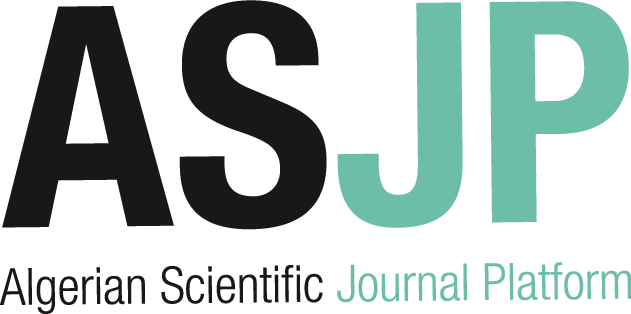[article]
| Titre : |
Thin - film nanofibrous composite ultrafiltration membranes based on polyvinyl alcohol barrier layer containing directional water channels |
| Type de document : |
texte imprimé |
| Auteurs : |
Hongyang Ma, Auteur ; Kyunghwan Yoon, Auteur ; Lixia Rong, Auteur |
| Année de publication : |
2011 |
| Article en page(s) : |
pp. 11978–11984 |
| Note générale : |
Chimie industrielle |
| Langues : |
Anglais (eng) |
| Mots-clés : |
Nanofibrous |
| Résumé : |
A new class of thin-film nanofibrous composite (TFNC) membranes, composed of a chemically cross-linked polyvinyl alcohol (PVA) barrier layer containing directional water channels through the incorporation of very fine nanofiber fillers, an electrospun polyacrylonitrile (PAN) nanofibrous scaffold midlayer, and a melt-blown polyethylene terephthalate (PET) nonwoven support, was demonstrated for ultrafiltration (UF) of oil/water emulsions. The permeation flux of TFNC membrane with a pure PVA barrier layer was already about 5 times higher than that of the commercial PAN10 (Sepro) UF membrane at low pressures (e.g., 30 psi), while maintaining a similar rejection ratio ( 99.7%). Two kinds of fine nanofiber fillers: oxidized multiwalled carbon nanotubes (MWCNTs) and cellulose nanofibers (CNs), were further incorporated into the PVA barrier layer to increase the permeation flux. The results indicated that permeation fluxes of MWCNT and CN filler-containing TFNC membranes were about 10-times higher than those of PAN10, while still maintaining a rejection ratio of 99.5%. The increase in the permeation flux could be attributed to the formation of directional water channels through the interface between the surface of MWCNT or CN fillers and that of the barrier layer and the interconnections among the fine nanofiber network. |
| DEWEY : |
660 |
| ISSN : |
0888-5885 |
| En ligne : |
http://pubs.acs.org/doi/abs/10.1021/ie100545k |
in Industrial & engineering chemistry research > Vol. 49 N° 23 (Décembre 2010) . - pp. 11978–11984
[article] Thin - film nanofibrous composite ultrafiltration membranes based on polyvinyl alcohol barrier layer containing directional water channels [texte imprimé] / Hongyang Ma, Auteur ; Kyunghwan Yoon, Auteur ; Lixia Rong, Auteur . - 2011 . - pp. 11978–11984. Chimie industrielle Langues : Anglais ( eng) in Industrial & engineering chemistry research > Vol. 49 N° 23 (Décembre 2010) . - pp. 11978–11984
| Mots-clés : |
Nanofibrous |
| Résumé : |
A new class of thin-film nanofibrous composite (TFNC) membranes, composed of a chemically cross-linked polyvinyl alcohol (PVA) barrier layer containing directional water channels through the incorporation of very fine nanofiber fillers, an electrospun polyacrylonitrile (PAN) nanofibrous scaffold midlayer, and a melt-blown polyethylene terephthalate (PET) nonwoven support, was demonstrated for ultrafiltration (UF) of oil/water emulsions. The permeation flux of TFNC membrane with a pure PVA barrier layer was already about 5 times higher than that of the commercial PAN10 (Sepro) UF membrane at low pressures (e.g., 30 psi), while maintaining a similar rejection ratio ( 99.7%). Two kinds of fine nanofiber fillers: oxidized multiwalled carbon nanotubes (MWCNTs) and cellulose nanofibers (CNs), were further incorporated into the PVA barrier layer to increase the permeation flux. The results indicated that permeation fluxes of MWCNT and CN filler-containing TFNC membranes were about 10-times higher than those of PAN10, while still maintaining a rejection ratio of 99.5%. The increase in the permeation flux could be attributed to the formation of directional water channels through the interface between the surface of MWCNT or CN fillers and that of the barrier layer and the interconnections among the fine nanofiber network. |
| DEWEY : |
660 |
| ISSN : |
0888-5885 |
| En ligne : |
http://pubs.acs.org/doi/abs/10.1021/ie100545k |
|


 Ajouter le résultat dans votre panier Faire une suggestion Affiner la recherche
Ajouter le résultat dans votre panier Faire une suggestion Affiner la rechercheThin - film nanofibrous composite ultrafiltration membranes based on polyvinyl alcohol barrier layer containing directional water channels / Hongyang Ma in Industrial & engineering chemistry research, Vol. 49 N° 23 (Décembre 2010)











